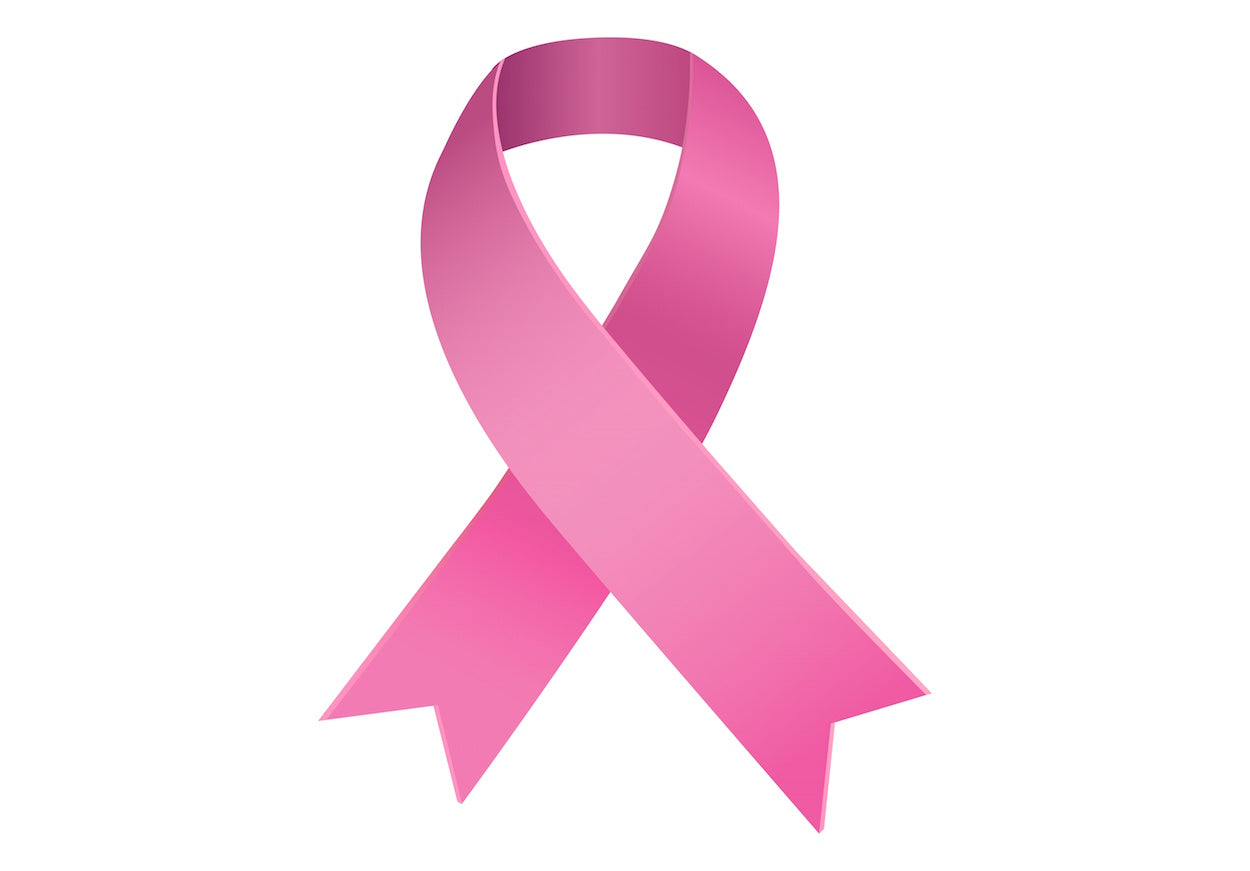Last week we spent training new Health Ministers in Canada. While we were there, the age old question arose “How will one ever get enough protein on the Hallelujah Diet?”
This led us down the path of just what is enough protein?
Does this need for protein change as we age?
Is protein the same in the vegetable form as it is in the animal form?
What foods have complete protein?
We happened to have all the answers to share with our students that day so we decided we should share them with the rest of the world as well.
How Much Daily Protein Do We Really Need?
The Food and Nutrition Board of the Institute of Medicine recommends:
If you are a child, it will depend on your age:
| 1-3 |
13 grams per day |
| 4-8 |
19 grams per day |
| 9-13 |
34 grams per day |
| 14-18 |
46 grams per day |
The recommended dietary allowance, or RDA for adults is 0.8 grams of protein for each kilogram of body weight, regardless of age. This looks like:
- An adult male who is not an avid, marathon-type of exerciser, will need 56 grams of daily protein.
- An adult female who is not an avid, marathon-type of exerciser will need 46 grams of protein daily.
- A pregnant or lactating woman’s daily protein intake should be 71 grams.
- Men over age 50, who are less efficient in using amino acids for muscle protein synthesis should have a daily intake of protein of at least 56 grams. However, researchersfrom the University of Arkansas Department of Geriatrics found that going above the RDA is particularly beneficial for seniors. As published in the 2008 “Clinical Nutrition” journal, researchers noted that getting 1.5 grams of protein for each kilogram of body weight can improve health. This higher recommendation may boost immune health, aid in wound healing, help control blood pressure and even keep your bones as strong as possible.
- Women over age 50 should strive for at least 46 grams however, more is desirable for the reasons stated above.
Why Do We Need Protein?
Protein is considered a macronutrient, which means that your body needs it in large amounts every day to function properly. When you eat protein, your body breaks it down into amino acids that are used for several purposes. Protein can provide your body with energy when necessary, but you should not rely on protein as a primary energy source because it has more important physiological roles to play, according to “Nutrition and You” by Joan Salge Blake.
Your immune system relies heavily on proteins. When your body is exposed to potentially harmful substances, such as bacteria or a virus, your immune system sends out proteins called antibodies. These antibodies seek out and attack the virus or bacterium in an attempt to neutralize it and prevent it from multiplying and causing illness.
Your bodily fluids – blood, saliva, etc. – function best at a neutral pH, or approximately 7.0. Many things that you encounter daily, such as foods, beverages and pollution, can change the pH of bodily fluids. A drastic and persistent change in pH can lead to chronic symptoms and various health problems. The proteins in your body act as a buffers that help keep your pH neutral. When the pH of your blood becomes too acidic, the protein buffers in the blood will pick up hydrogen ions until the pH returns to neutral. If the pH becomes too high, or basic, protein buffers release hydrogen ions to lower the pH.
There is protein in every single cell in your body – from your hair to your nails to your muscles and organs. These proteins are known as structural proteins; they quite literally provide the structure for your body. Without them, you could not walk, run or even stand. In fact, the most abundant protein in your body is collagen, which is present in skin, ligaments, tendons and bones.
Proteins also play a vital role in nutrient transport. They carry sodium and potassium into and out of cells in order to maintain the proper electrolyte balance. Proteins also carry vitamins, such as vitamin A, from your organs to your cells. A specific protein in your red blood cells, hemoglobin, is responsible for carrying oxygen from your lungs to your cells. Hemoglobin also takes carbon dioxide from your cells to your lungs, so that it can be expelled from the body.
What is the Difference Between Plant and Animal Protein?
The primary difference between animal and plant proteins is their amino acid profiles and it is those profiles that direct the rates at which the absorbed amino acids are put to use within the body. Animal based proteins, of course, are much more similar to our proteins, thus are used more readily and rapidly than plant proteins. That is, ‘substrate’ amino acids derived from animal based proteins are more readily available for our own protein synthesizing reactions which allows them to operate at full capacity. Plant proteins are somewhat compromised by their limitation of one or more amino acids. When we restore the relatively deficient amino acid in a plant protein, we get a response rate equivalent to animal proteins. T. Colin Campbell’s lab produced experimental data to support this view–and of course, similar observations of years past in other laboratories have also been interpreted in this way.
What Foods Have Complete Protein?
A complete protein (or whole protein) is a source of protein that contains an adequate proportion of all nine of the essential amino acids necessary for the dietary needs of humans or other animals.
Here are several healthy and complete proteins you can add to your daily diet:
Quinoa — 8 grams per one cup serving cooked
Buckwheat — 6 grams per one cup serving cooked
Hempseed — 10 grams per 2 Tablespoon serving
Chia — 4 grams per 2 Tablespoon serving
Rice and Beans — 7 grams per one cup serving
Ezekiel Bread — 8 grams per 2 slice serving
Hummus and Pita — 7 grams per 1 whole-wheat pita and 2 Tablespoons of hummus
Spirulina with grains or nuts — 4 gram per 1 Tablespoon
Beans, lentils or nuts combined with rice, wheat, corn or other grain—15 grams per 2 slices of grain bread with 2 Tablespoons of nut butter
It is nearly impossible to ever become deficient in protein.
Here is a short list of veggies that you can easily include in your daily diet and the subsequent amount of protein in each.
- Spouted beans, peas & lentils – 4.6 grams per ½ cup
- Green Peas – 11.6 grams per cup
- Kale – .7 grams per cup
- Collard Greens – 1.1 grams per cup
- Pinto, garbanzo, white, kidney, lima and soy beans
- The average protein content of beans is 9 grams per 100 grams
- Some varieties contain as much as 12 grams per 100 grams
- Brussels Sprouts – 2 grams per ½ cup
- Asparagus – over 3 grams per cup
- Raw cauliflower – 2 grams per cup
- Raw broccoli – 2.6 grams per cup
- Artichoke, one – over 4 grams
- Squash, Hubbard cooked – 5.1 grams per cup
- Spinach, cooked – over 5 grams per cup
- One large russet potato – 8 grams of protein
If you consumed just these in one day, look at how much protein you would consume!
| Asparagus |
3g |
| Cauliflower |
2g |
| Broccoli |
2.6g |
| Artichoke |
4g |
| Spinach |
5g |
| Potato |
8g |
| Beans |
9g |
| Beans |
9g |
| Total |
33.6g |
Kids are in far greater danger of not getting adequate vitamin D, omega 3s and B12 than they are protein.
As Dr. Joel Furhman states, “It is almost impossible to not get enough protein unless the diet is deficient in calories.” 10 to 15% of calories in the form of protein will be ample.
Most vegan adults get 60 to 80 grams of protein daily – more than ample. Children will get less according to age/weight.
So, when people ask you, “Where do you get your protein?” Don’t worry, you’ve got a rock-solid answer.







